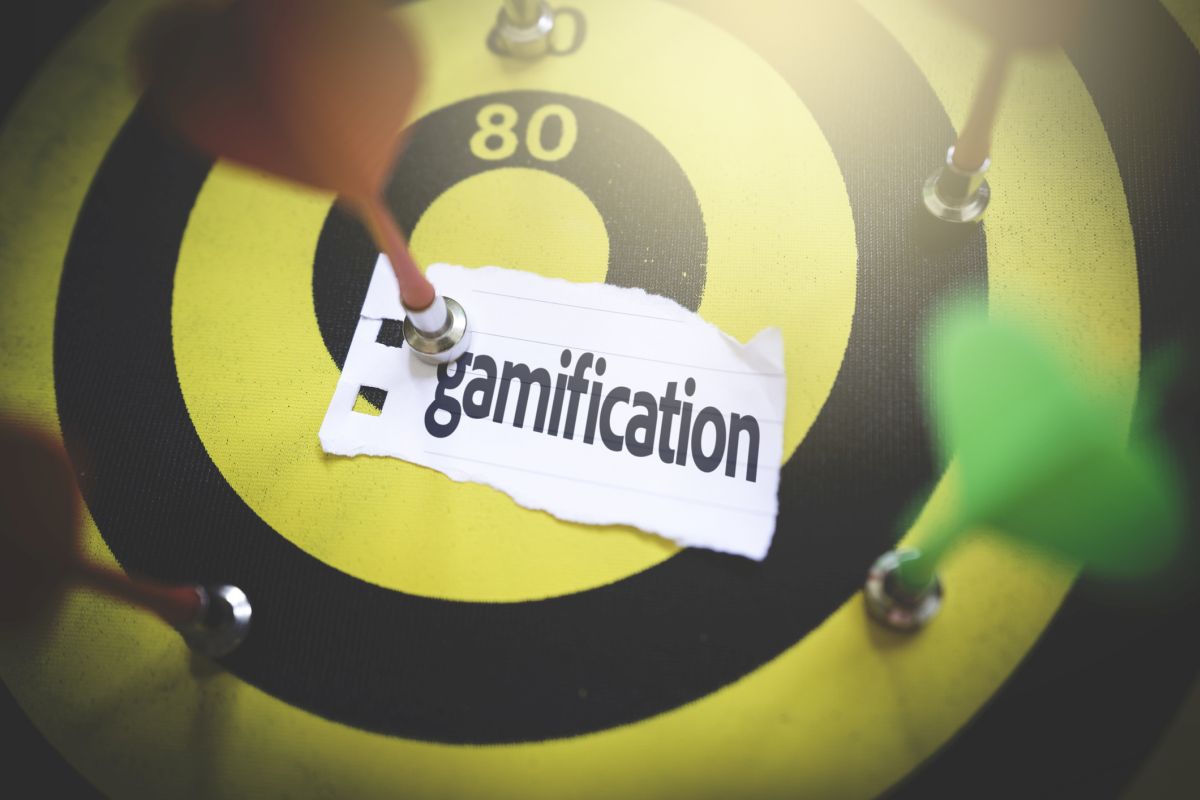The success of gamification proves learning can be fun. The industry has burgeoned from $1.7 billion and is expected to reach $23 billion by 2022. A versatile learning technology, gamification can be used to learn a wide range of subjects. What makes gamification so effective is that students learn by playing games which keeps them engaged, having fun yet all the while they’re mastering new topics. So unlike reading from boring textbooks, gamification is an exciting way to make learning happen.
What’s Gamification?
Advertisement
Nearly every subject can be learned by playing games built on related content. For instance, gamification allows students preparing for engineering exams to visualise engineering problems and grasp concepts intuitively. Learning in this manner is far superior to learning from a book because gamification makes what otherwise could only be expressed using nuanced language visually clear and almost tactile. Therefore, concepts that without gamification would take hours to grasp can be grasped in minutes with it.
How Gamification Helps
Learning happens by making mistakes; only a rare few geniuses can grasp concepts the first time they encounter them. Using paper and pen to learn isn’t the most efficient way to learn anymore. Gamification allows students to give quizzes that are fun and engaging. Unlike a drab paper and pen quiz, a quiz given on gamification platforms is immersive, challenging, and fun. Students are so immersed in such quizzes that learning which otherwise was dreary becomes fun. When students giving such quizzes make mistakes, they are prompted allowing them to learn because their mistake is pointed out. But there is much more to gamification because like any game it is competitive as well.
Gamification Evokes a Competitive Spirit
Students who regularly go to class may not benefit as much from being taught by professors as they do by competing with each other. Friendly competition is a great way to learn and nothing brings such competition to the surface better than gamification. Students who learn in such an environment become self-motivated to learn because they are competing not only with others but also with themselves. The questions asked by gamification engines and the objective, detailed, quantified results they produce allow students to compete with themselves. There are other advantages as well. Often students using textbooks stare for hours at a single page. With gamification based learning not a single minute is wasted.
Learning in Groups
Just as competing is a great way to learn, so is collaborating. Gamification allows students to learn from each other. When students work in groups they exchange ideas. Some students who understand a topic well will teach those will a less clear understanding of how to solve problems. Because only a few students are experts in every topic, gamification creates a platform where students with unique abilities benefit from each other’s knowledge. What also makes gamification so exciting is that every student’s expertise can be applied to problems’; this helps students gain deeper insights into concepts underlying problems. Such a collaborative atmosphere is harder to create without gamification platforms.
Learning Sans Boundaries
Traditionally learning happens only during school, college, or tuition which is very limiting because the resources in each of these places are limited. However, gamification allows learning to happen anytime and anywhere. Furthermore, it allows a large number of students to share their ideas and solutions leading to superior learning outcomes than traditional learning.
Makes Learning a Daily Practice
Mastering a single subject takes years of daily practice and many students are held back because they’re required to study using material that is dull and uninspiring. Reading from books is often boring even for the learned. Here gamification has a clear advantage because learning on it is addictive. Students who learn using gamification keep coming back to it. This is a huge leap forward from traditional learning which often drives students away from learning.
( Kamlesh Jang Bahadur Singh, Founder of Sookshmas)











